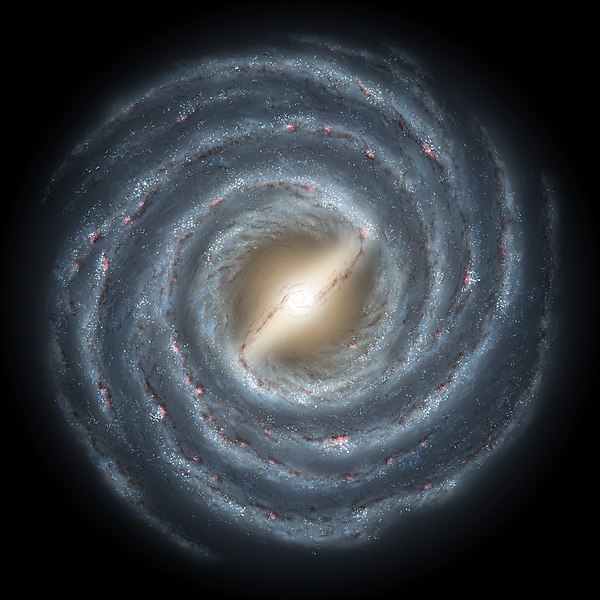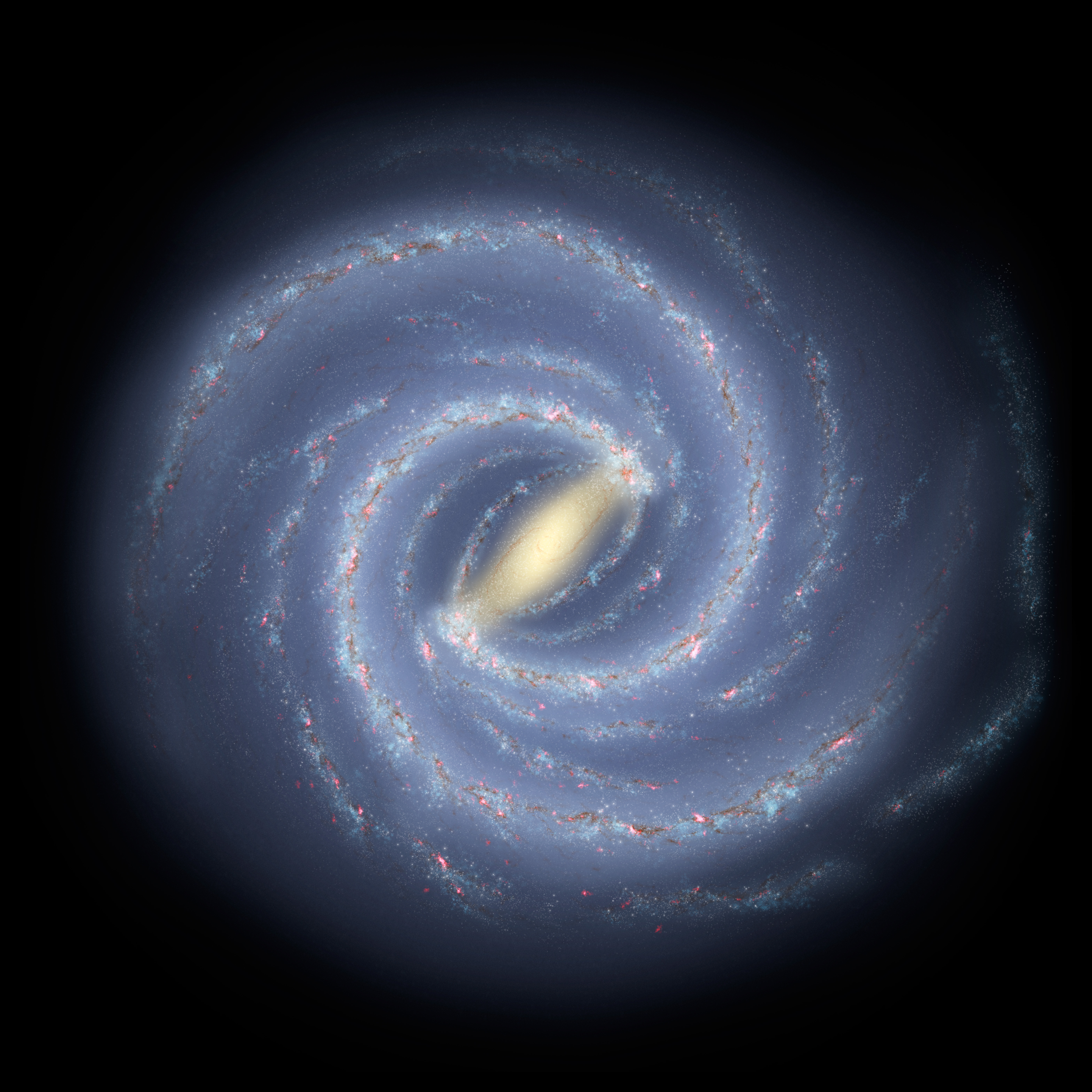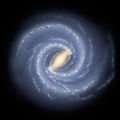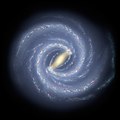Abruozdielis:Milky Way 2005.jpg

Parvaizos dėdloms: 600 × 600 pikselē. Kėtū dėdlomu: 240 × 240 pikselē | 480 × 480 pikselē | 768 × 768 pikselē | 1 024 × 1 024 pikselē | 1 350 × 1 350 pikselē.
Pradėnis abruozdielis ((1 350 × 1 350 taškū, faila dėdoms: 955 KiB, MIME tips: image/jpeg))
Abruozdielė istuorėjė
Paspauskėt ont deinas/čiesa, ka paveizietomėt abruozdieli, kāp ons ėšruodė pradiuo.
| Dėina/Čiesos | Pamažėnėms | Mierā | Nauduotuos | Paāškėnėms | |
|---|---|---|---|---|---|
| vielībs | 00:55, 20 balondė 2014 |  | 1 350 × 1 350 (955 KiB) | SenseiAC | different image = different name. The "newer" one will therefore be moved to "Milky Way 2008" |
| 23:47, 4 bėrželė 2008 |  | 5 600 × 5 600 (4,35 MiB) | Ashill | {{Information |Description= Like early explorers mapping the continents of our globe, astronomers are busy charting the spiral structure of our galaxy, the Milky Way. Using infrared images from NASA's Spitzer Space Telescope, scientists have discovered th | |
| 11:01, 16 siejės 2005 |  | 1 350 × 1 350 (955 KiB) | Shizhao | Barred Spiral Milky Way Illustration Credit: R. Hurt (SSC), JPL-Caltech, NASA From http://apod.gsfc.nasa.gov/apod/ap050825.html {{PD-USGov-NASA}} |
Abruozdieliu nauduojėms
Anėi poslapē ruod ton abruozdielin:
Abruozdielė nauduojėms vėsor
Tėi viki poslapē nauduo šėton abruozdieli:
- Skvarmas nauduojėms af.wikipedia.org
- Sonnestelsel
- Wikipedia:Voorbladartikels 2006
- Magellaanse Stroom
- Melkweg
- Wikipedia:Voorbladartikel week 9 2006
- Gebruiker:Voyageur
- Sjabloon:Melkweg
- Pisces-Cetus-superswermkompleks
- Boötes I-dwergsterrestelsel
- Boötes III-dwergsterrestelsel
- Canes Venatici I-dwergsterrestelsel
- Canes Venatici II-dwergsterrestelsel
- Canis Major-dwergsterrestelsel
- Carina-dwergsterrestelsel
- Draco-dwergsterrestelsel
- Fornax-dwergsterrestelsel
- Monoceros-ring
- Hercules-dwergsterrestelsel
- Leo I-dwergsterrestelsel
- Leo II-dwergsterrestelsel
- Leo IV-dwergsterrestelsel
- Leo V-dwergsterrestelsel
- Phoenix-dwergsterrestelsel
- Pisces I-dwergsterrestelsel
- Pisces II-dwergsterrestelsel
- Sculptor-dwergsterrestelsel
- Sagittarius- Elliptiese Dwergsterrestelsel
- Sextans-dwergsterrestelsel
- Ursa Major I-dwergsterrestelsel
- Ursa Major II-dwergsterrestelsel
- Ursa Minor-dwergsterrestelsel
- Virgo-sterrestroom
- Scutum-Centaurus-arm
- Perseus-arm
- Norma-Cygnus-arm
- Orion-Cygnus-arm
- Carina-Sagittarius-arm
- Magellaanse Brug
- Segue 3
- Willman 1
- Koposov I
- Koposov II
- Crater 2-dwergsterrestelsel
- Groot Magellaanse Wolk
- Klein Magellaanse Wolk
- Skvarmas nauduojėms als.wikipedia.org
- Skvarmas nauduojėms ar.wikipedia.org
Veizietė, kāp vėsor tasā abruozdielis nauduojams īr.









